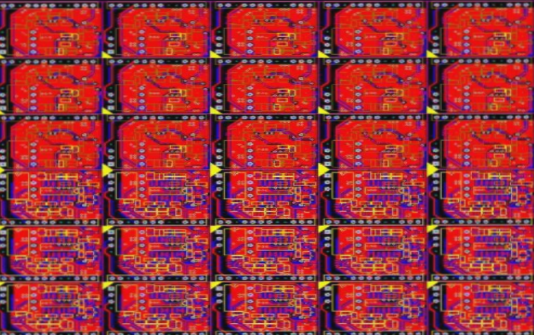The Importance of Copper Cladding in PCB Design
Copper cladding plays a vital role in PCB design by utilizing unused space on the board as a reference plane filled with solid copper, known as copper filling. This process is crucial for reducing ground impedance, enhancing anti-interference capabilities, improving power efficiency by minimizing voltage drop, and decreasing loop area when connected to the ground wire.
Distributed Capacitance and Antenna Effects
At higher frequencies, the distributed capacitance of wiring on a PCB becomes significant. When the length exceeds 1/20 of the noise frequency’s corresponding wavelength, an antenna effect occurs, emitting noise outward through the wiring. Improperly grounded copper cladding can worsen this issue, turning it into a conduit for spreading noise.
Types of Copper Cladding
There are two primary types of copper cladding: large area copper cladding and grid copper. Large area cladding enhances current flow and shielding but can lead to warping during wave soldering. On the other hand, grid copper primarily provides shielding, with advantages in heat dissipation and electromagnetic shielding.
Choosing the Right Copper Cladding
When selecting between large area and grid copper cladding, consider the circuit’s requirements. For high-frequency circuits with strict interference demands, grid copper cladding is preferred. In contrast, low-frequency circuits with high current needs typically opt for complete copper cladding.
Grounding Considerations
Proper grounding is essential for effective copper cladding. Ensuring a spacing of less than λ/20, holes in the wiring, and a well-grounded floor plane in multilayer boards is crucial for minimizing interference and enhancing current flow.
Conclusion
Managing copper cladding on a PCB correctly offers more benefits than drawbacks. It reduces signal line backflow areas, mitigates external electromagnetic interference, and enhances overall circuit performance.

